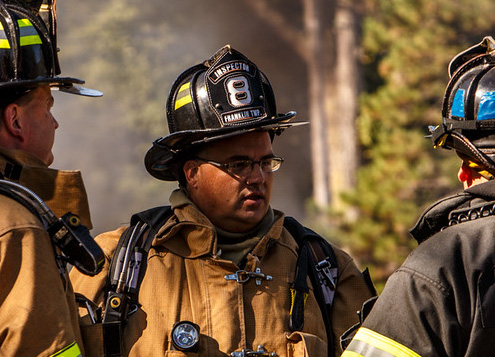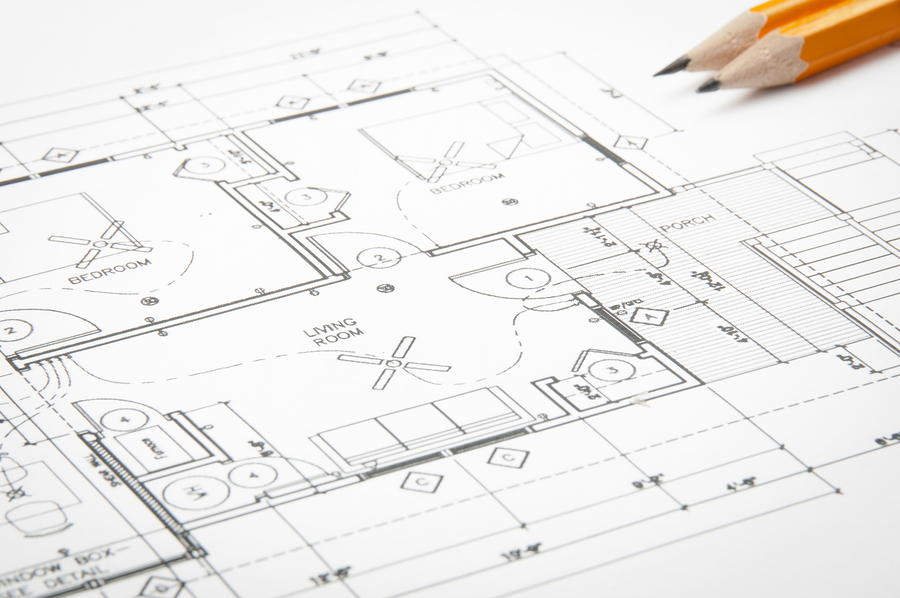Properly drafted and labeled drawings are a vital piece of a property pre-incident plan. Drawings can be equally beneficial during both the planning and fire scene operations at properties in the fire company’s response area.
During the planning phase, fire officers have the opportunity to see how a building is laid-out and a bird’s eye view of the overall property without ever stepping foot on the property. Floor plans allow firefighters to quickly locate the storage of different hazards inside a building and the best way to access those hazards. One of the most vital aspects of floor plans are the locations of fire protection equipment. Considering that majority of the times that a fire department is dispatched to a property it will be for fire alarm activations. Having drawings with the locations of fire protection equipment allows the fire department to quickly and efficiently locate the components of the fire protection system. This limits the amount of time the fire department needs to be on location, freeing up crews to continue with other work.
Accurate site plans play an important role during the planning phase by informing firefighters with the locations of building access, fire protection equipment, utility shutoffs, and special hazards. When pre-planning, knowing the location of fire protection equipment such as FDC’s and fire hydrants can aid in predetermining the placement of first arriving apparatus. The location of fire hydrants in close proximity to the property will be beneficial for second due supply companies. Accurate locations of hazards such as overhead power lines, above ground liquid tanks, confined spaces, and fences will also help in determining apparatus placement.
Pre-plan drawings are a valuable tool for an incident commander and first due arriving apparatus during an emergency event. If officers are not able to view the plans prior to an event, the drawings will allow them to get “the big picture” quickly. Depending on the location of the command post, the incident commander may not have a good view of the building or property. The incident commander can use the site plan to help position incoming apparatus in an area that is not in their direct line of sight. During an emergency, the incident commander can follow where the crew is inside a building and help advise them of any problems they may encounter or if they get disoriented.
Firefighters in today’s world can be demanding and impatient at times and want to see “the big picture” and they want to see it fast. Pre-plan drawings allow firefighters to accomplish this. But just having drawings is only half the solution. Those drawings must be accurate to give firefighters and incident commanders the best opportunity to make the right decisions the first time around.

Chris Ziobro has been a career and volunteer firefighter/officer for over 20 years. He is an experienced arson investigator, operations manager for a drone rescue team, and has been a municipal Fire Marshal for over 15 years. Chris assists Fire Planning Associates, Inc. with CAD expertise.

